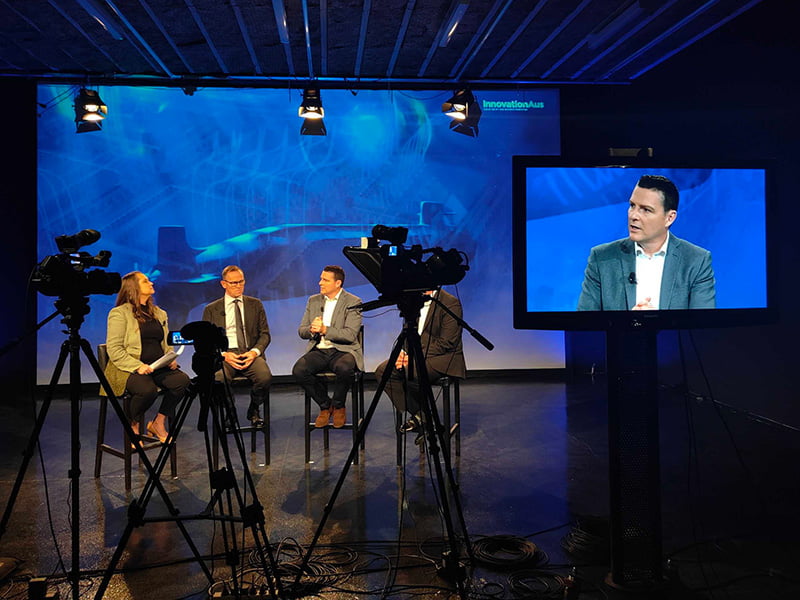The AUKUS agreement to build nuclear powered submarines in South Australia will bring a “huge multiplier effect” to local industries and technology development in Australia, according the US company that supplies much of the digital infrastructure to navy shipbuilding yards in the US.
Verizon Business Group’s Asia-Pacific vice-president Rob Le Busque welcomed the AUKUS trilateral security pact for bringing “surety in investment and surety in development and demand” to Australia.
He told the InnovationAus Capability forum that the submarine build, and the cyber, artificial intelligence, quantum technologies that are included in the AUKUS technology sharing pact should be seen as platforms that can be built on and iteratively developed over several decades.

The platforms will create capabilities across a more advanced Australian economy and would be much more stable, with the government effectively underwriting a level of risk which may otherwise have been too high for local industry, Mr Le Busque told a panel discussion that included the heads of two Industry Growth Centres.
The submarines alone – expected to cost tens of billions of dollars and take decades to construct – will provide “a huge multiplier effect for technology and industry in Australia.”
“If you think about these vessels, they come with hundreds of systems. But even if you just consider the main systems through the life of that vessel, they all need to be maintained, sustained and upgraded over time. And each one of those systems represent a supply chain in the value chain, that can be built out and that can support Australian industry.”
Verizon built the world’s first ‘5G-enabled shipyard’ in the US state of Virginia in 2019, using the mobile technology to connect applications and infrastructure across the Newport News Shipbuilding yard.
The US facility is one of the few sites to manufacture the Virginia Class Submarines, one of the vessel types expected to be given strong consideration in an 18-month AUKUS study into which subs to build.
Mr Le Busque said the high bandwidth and low latency of 5G enables increased automation, advanced robotics, analytics, and augmented training at the US facility, and could be applied in Australia to place the local industry at the cutting edge of ship building.
“It can take twice as long to train a submariner as it does a regular naval officer, or naval seaman. So as a consequence we start to think how can we use technology here to help accelerate that training process for shore based training?
“That’s where technologies such as augmented reality, virtual reality, 3D rendering, things of that nature, can give us a productivity dividend and get our staff trained more rapidly for the new capability and platform.
“It’s a simple example, but you imagine all of those aspects of this [one] platform require that support and every single one of them will be supported, and technology will be intrinsic to the way that we deliver that capability.”
Second and third order impacts will also flow, Mr Le Busque said, improving opportunities and capabilities in adjacent manufacturing and advanced technology industries – even more so when the additional technology covered by AUKUS like quantum and artificial intelligence are considered.
The results justify the large investment needed to build submarines locally, according to Mr Le Busque, who said the AUKUS pact creates a “really long runway” of additional investment and opportunity with the government effectively underwriting much of the risk of emerging technology investment.
“There’s huge opportunity and the multiplier effect will be many, many times the actual investment just in the program.”
Mr Le Busque urged the local companies looking to take advantage of AUKUS to take a “data first approach to investment” rather than a hardware one because of the potential 30 year lifespan of the submarines and the “logarithmic growth” in data AUKUS will generate.
“All of that data needs to be ingested, it needs to be analysed, it needs to be understood. And a data first approach to investment from a technology — as opposed to a platform based or a hardware based approach — is really where the growth and opportunity will be.”
Do you know more? Contact James Riley via Email.
